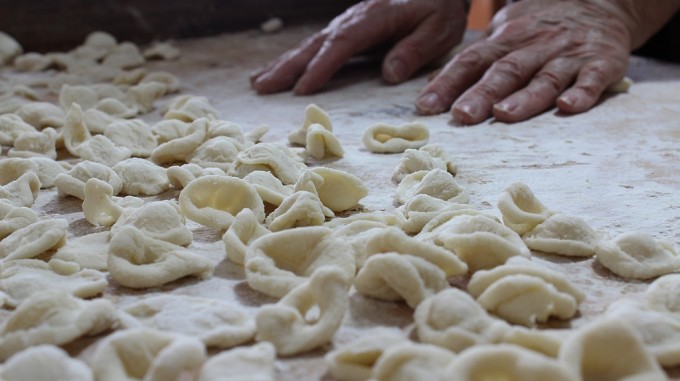
Making orecchiette by Giuseppe Masili
The holy grail of travel in Italy is the small , family-run trattoria with nonna (grandma) in the kitchen rolling out the pasta and the children picking the produce from the garden in the back for her to make into a nice lunch. Instead what many travellers are confronted with is the classic “national menu”, a generic menu which gives no indication of local produce or traditions. A typical example of this would be spaghetti with defrosted clams served in the mountains (!) This post will tell you exactly how to find the authentic Italian restaurant of your dreams and why I don’t use the Michelin Guide.
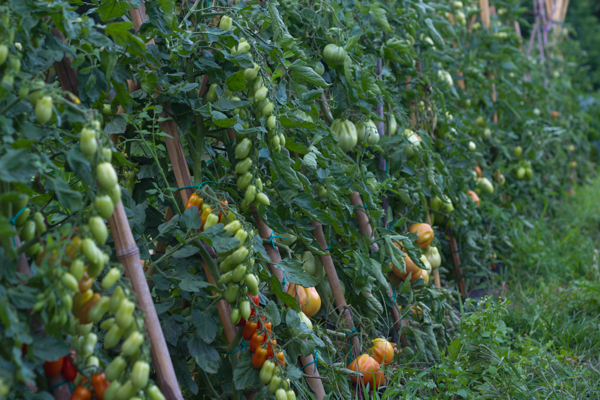
The garden of an agriturismo
I used to lug around heavy guidebooks trying to find local authentic restaurants and would cross-reference with locals (the only guidebook I still use which is now 8 years out of date and there is no app of is that of Veronelli’s). Still the restaurants tended to be filled with other guidebook-lugging patrons. I have tried using TripAdvisor to find highly rated restaurants only to find restaurants variable in quality mainly because everyone has different standards and tastes. It is also more difficult to determine the proximity outside of large cities. Now I use the apps listed below partially because their technology allows us to find excellent local restaurants which are nearby, tracking your position by GPS.
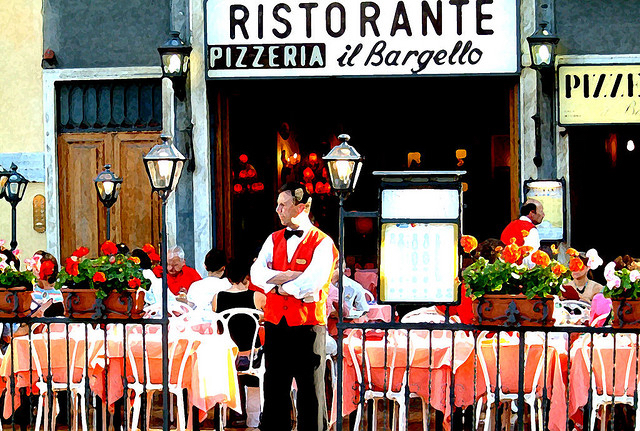
Ristorante by Thomas Hawk
Where NOT to Eat
Generally speaking, the following indicators should raise alarm bells that the restaurant caters to tourists and may not offer authentic local dishes. There is a different ethos to a restaurant that is not looking for repeat customers, one that I tend to shun. Here are signs that a restaurant falls into this category:
- There are pictures in the window of the food (or even worse, mocked up versions).
- They offer a tourist menu (menu turistico).
- The menu is unusually long (more than 6 pages) for the type of restaurant (see below).
- The menu offers “international cuisine” catering to a specific type of tourist (i.e. sausages and sauerkraut in Sardegna).
- The other patrons do not seem to know the restaurant staff or owner and are not speaking Italian (although there are some excellent restaurants that cater to both tourists and locals).
- They show a printed menu outside the restaurant in many (more than 3) different languages (this is not a hard and fast rule).
- The menu does not offer any local dishes (check the regions here – at the end of each region’s section is a list of local dishes).
- Worst are the restaurants that meet all the above criteria and don’t set prices. They simply bring food and then charge you at the end. At non-tourist restaurants, this often works out quite well as you have the opportunity to allow the chef to take you on a culinary tour and is usually fair to good value. At tourist restaurants, this can be a complete rip off.
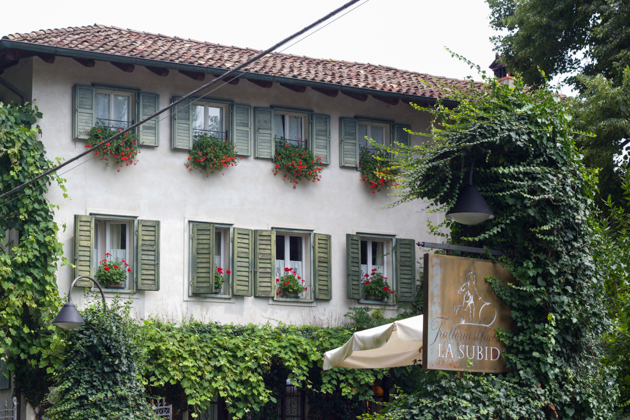
La Cacciatora di Subida
Where to Eat
My view is that in Italy, the more you pay does not necessarily mean that you get better food. The very high end, Michelin-starred restaurants often, but not always, create a unique gastronomic experience which deviates from tradition. These are often interesting experiences a few times a year but not something one would enjoy eating every day and are not typical of the Italian experience. They are also very formal experiences which have included accoutrements such as silver domed topped dishes, extensive water menus, a selection of expensive pens for signing the bill, etc. The best meals I have had have been at family run, informal restaurants (trattoria / osteria).
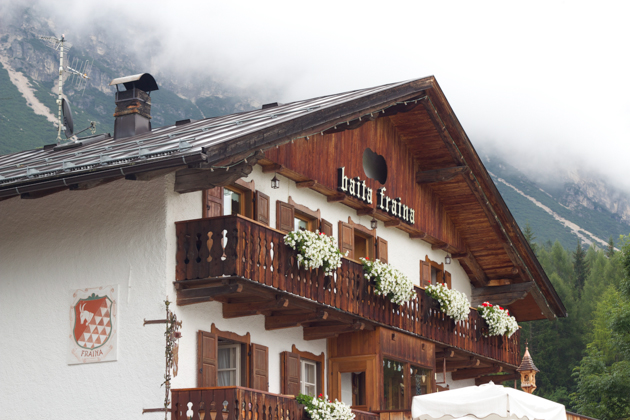
Baita Fraina
Types of Restaurants:
Trattoria – traditionally an informal family-owned restaurant that serves local home-style dishes but nowadays can be more upmarket (price is an indication). It is typical to order a couple of courses.
Osteria / Hosteria / Hostaria – traditionally quite an informal family-owned restaurant (even more informal than a trattoria) that serves local home-style dishes but nowadays can be the same as a restaurant (price is an indication). It is typical to order a couple of courses.
Ristorante – traditionally a more elegant and formal type of restaurant and usually more expensive. The dishes may be more modern.
Locanda – traditionally an inn where people would come to eat, drink and spend the night. Today it could be an upmarket restaurant (prices are an indication).
Bacaro / Bacarino – an informal Venetian bar to have a spritzer (spritz) and small snacks (cicchetti)
Baita /Refugio – mountain dwellings, lodges or huts offering simple accommodation and simple yet rustic food. There are some more refined versions however.
Taverno / Tavernino / Taberno / Tavernetta – a small eatery and bar that has a more limited menu and is very informal. It is typically inexpensive.
Pizzeria – an informal restaurant that serves salumi, pizza, salad and may have deep-fried foods.
Agriturismo – a holiday farm that produces food and may have a hotel and/or restaurant. The restaurant will be very informal and the food typical countryside food.
Enoteca– a wine bar that will serve cold dishes such as cheese, salumi, salads and desserts but may also have hot first courses (soup, risotto, polenta and pasta) as well as main courses. There is typically a good wine selection, often with more choices by the glass.
Bar/ Caffe – an informal place to eat standing or sitting. These are frequented all day for a coffee and a snack. Typical dishes are sandwiches, focaccia, pizza by the slice and may have salads, desserts and deep-fried dishes such as arancini. These are normally very inexpensive.
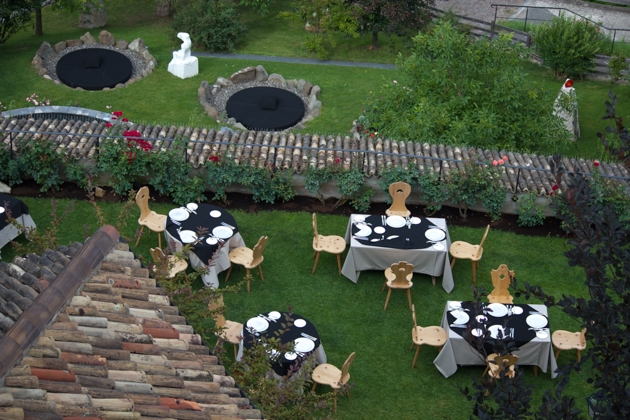
Dining al fresco at Hotel Turm, Alto Adige
How to Find Where the Italians Eat
I now use several apps to find where to eat (in another post I will outline which apps I use to select wine; if the restaurant has a sommelier, here is a guide to ordering wine with a sommelier). The benefit of these apps is that they go with you everywhere, weigh nothing, get updated regularly and have a map function so you can see the restaurants nearest you. Many of these are in Italian so I would suggest to find the restaurant name on the app and then look them up on TripAdvisor to see reviews in your preferred language. If you see the same restaurant in a few different apps, this is a very good sign. Some very local restaurants may not have anyone who speaks English (although this is rare nowadays), so look up the local dishes in the region you are in here for the translation (at the end of each region’s section). Here is a guide to how to order in an Italian restaurant.
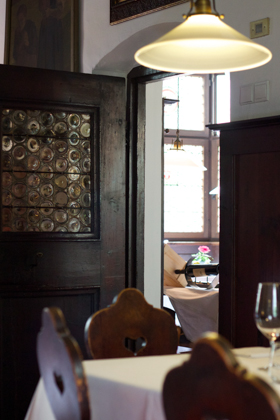
Inside Oste Scuro, Bressanone
The Apps
Slow Food highlights restaurants that are using locally produced food and are preserving local food culture. The restaurants tend to be informal although this can vary. There is a brief description in English but the long description is in Italian (you can use Google Translate to read it). You can also search by type of restaurant (seafood, meat, etc.)
These restaurants tend to be higher end and will include all the top restaurants in Italy (usually very formal). A word to the wise with children, almost all Italian restaurants, no matter how formal gladly accept well-behaved children as diners. Also in the app, it tells you which restaurants have children’s play areas, vegetarian menus, air conditioning, parking and dining al fresco. They issue ratings for the restaurants and give guide prices. Gambero Rosso also prints many guides which are more specific such as pizzerias, osterie, etc. It is in Italian (you can use Google Translate to read it or type the restaurant name into TripAdvisor).
These restaurants tend to serve good food and have nice service but are often less characteristic of the area. They have a search function by area, mapping and by price. They issue ratings for the restaurants. It is in Italian (you can use Google Translate to read it or type the restaurant name into TripAdvisor).
Il Golosario often has restaurants that the other three apps do not as perhaps they don’t fit any particular category. I have eaten well at all of the ones we have tried. It is in Italian (you can use Google Translate to read it or type the restaurant name into TripAdvisor).
As a very last resort, I use the Michelin Guide to Italy:
This is my least favourite app because I have found the restaurants to be variable in quality and often quite expensive (in terms of price versus quality). As Michelin is used by tourists, the restaurants are often of that ilk. Italians often do not use the Michelin Guide opting instead for the Gambero Rosso or the dated Veronelli Guides when searching for top end restaurants.
Other Food Apps
The Golosario also has a Negozi app on excellent food and wine purveyors ranging from cheesemongers, fruitiers, caffes, pastry shops, bakeries, wine stores, etc. I consider this a top app to have. It is in Italian (you can use Google Translate to read it or type the restaurant name into TripAdvisor).
Which apps do you find helpful when travelling?
If you have friends or family planning a trip to Italy, please share this post with them.
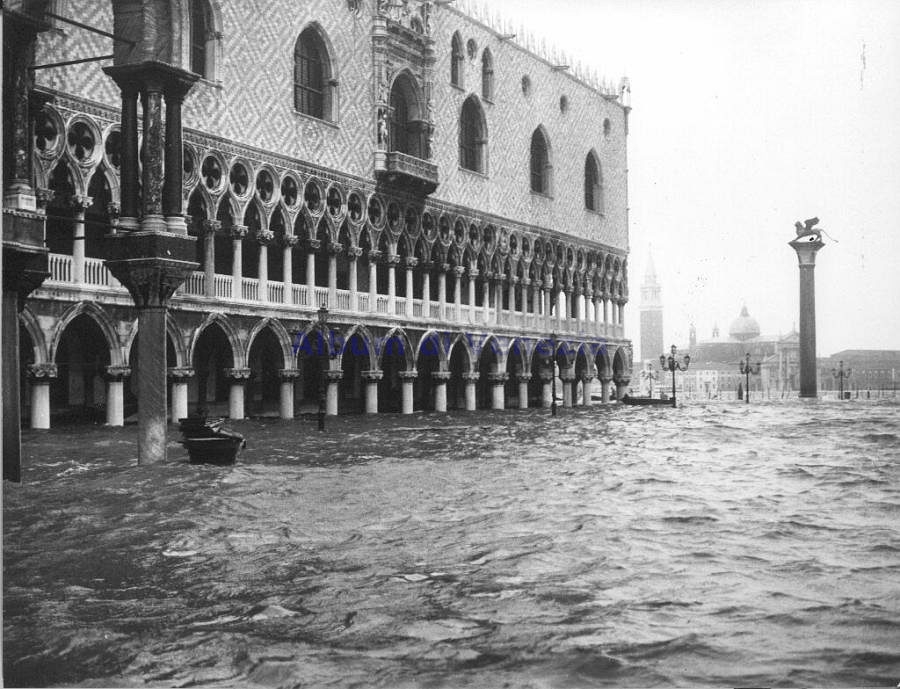
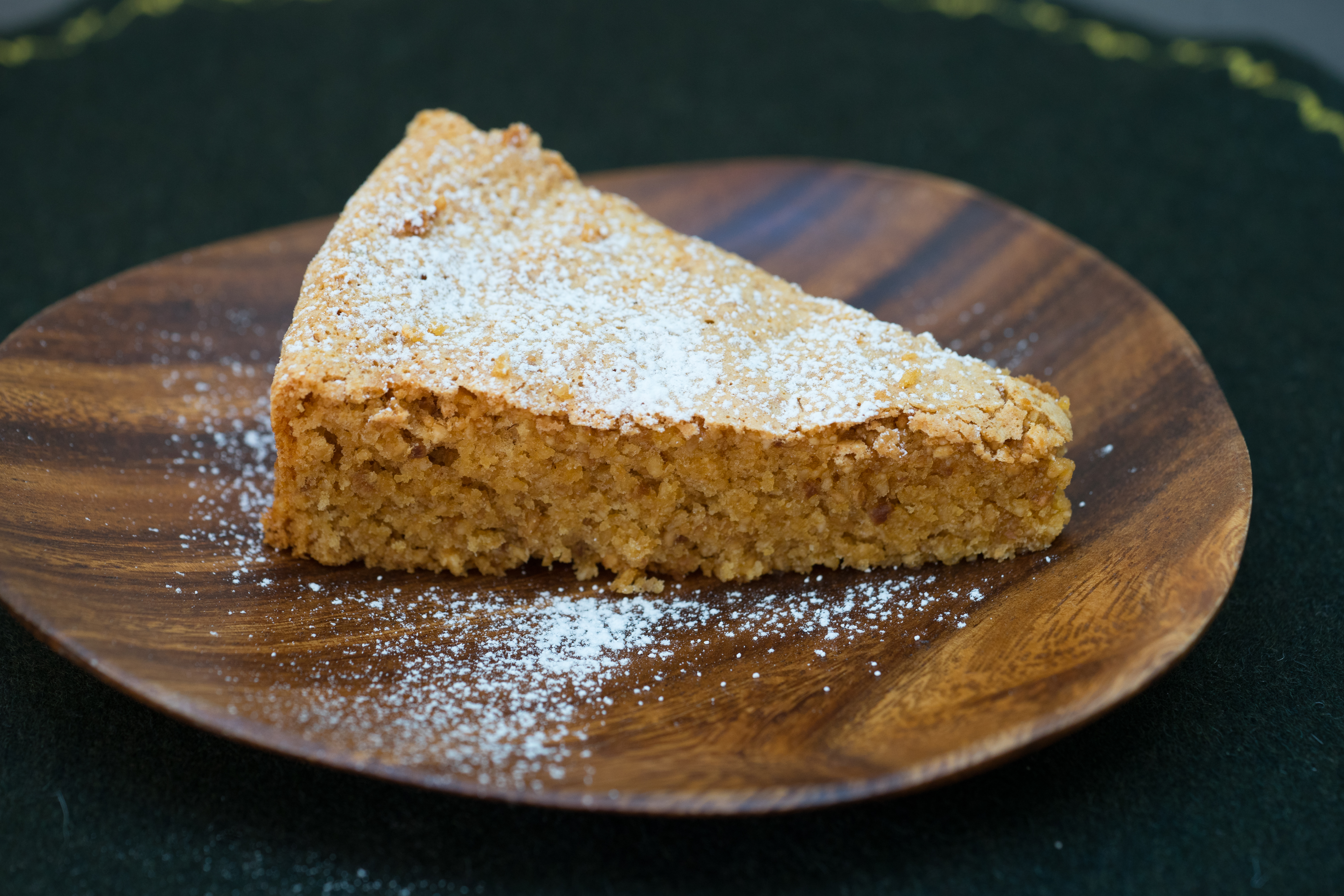
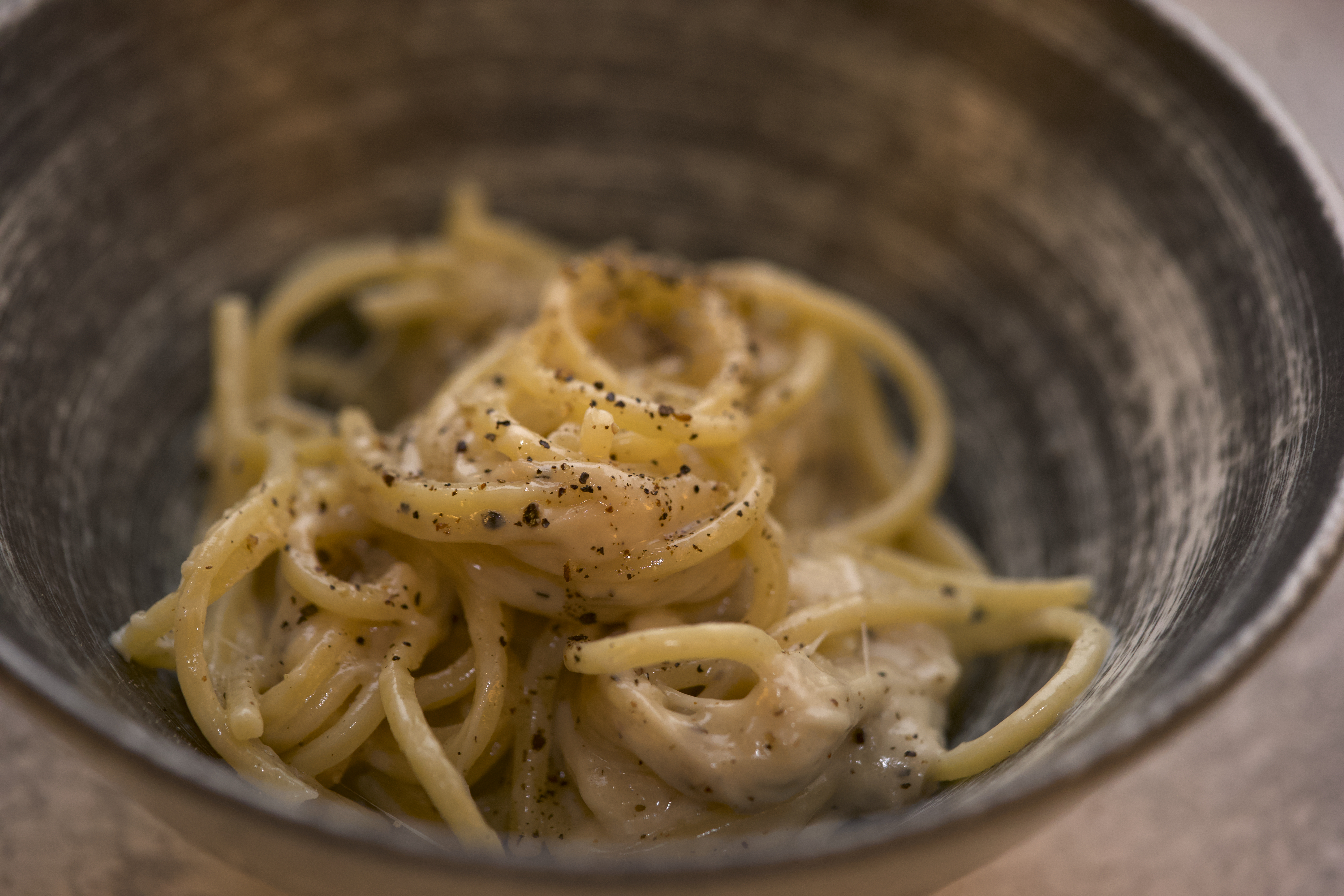
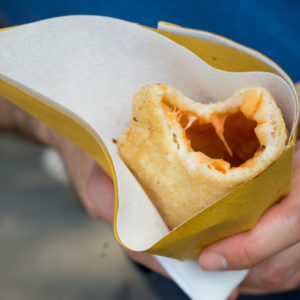
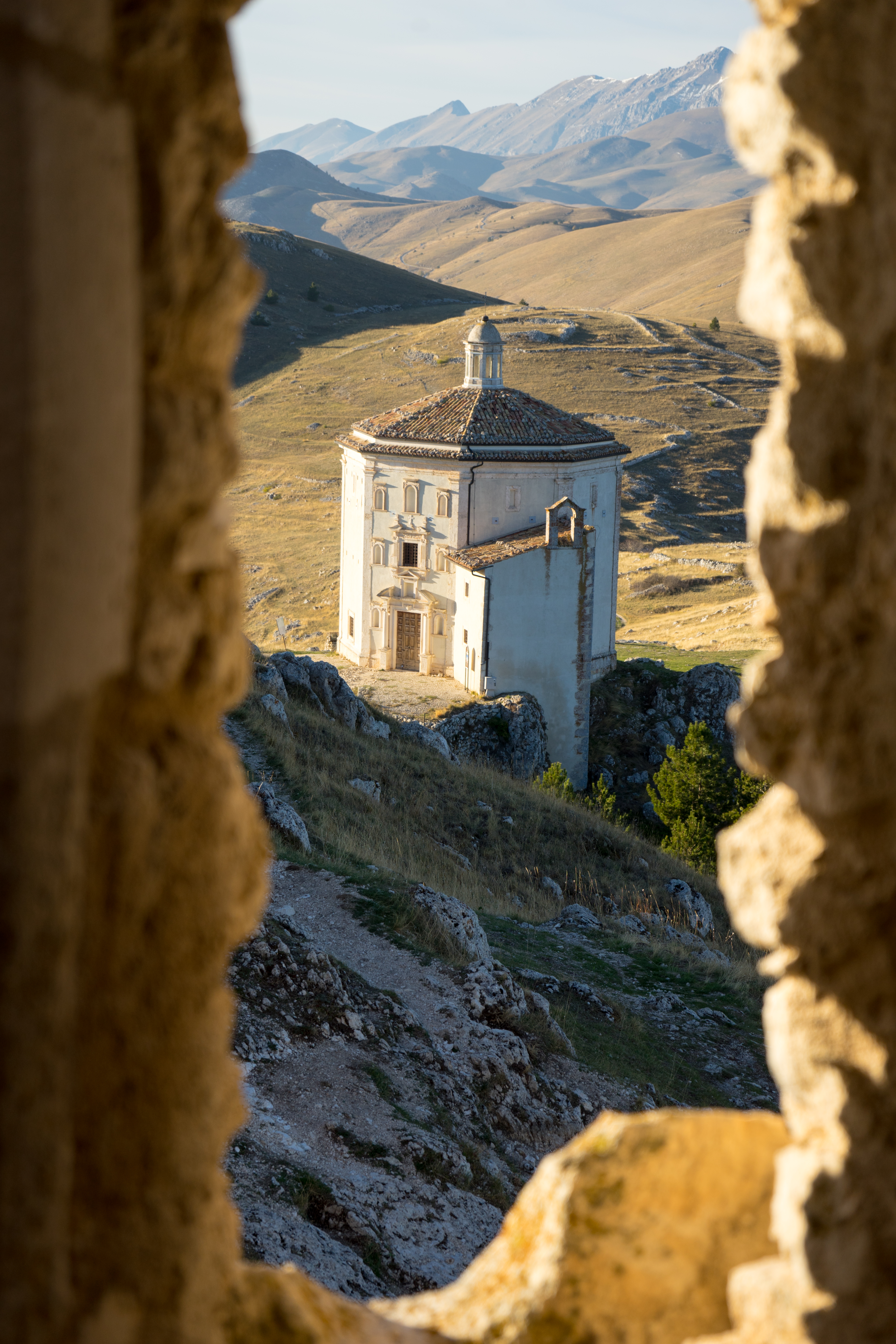
I chuckled at “where not to eat’. It matches with some of my criteria.
Melinda
Glad we are on the same page. Let me know how you get on with your trip.